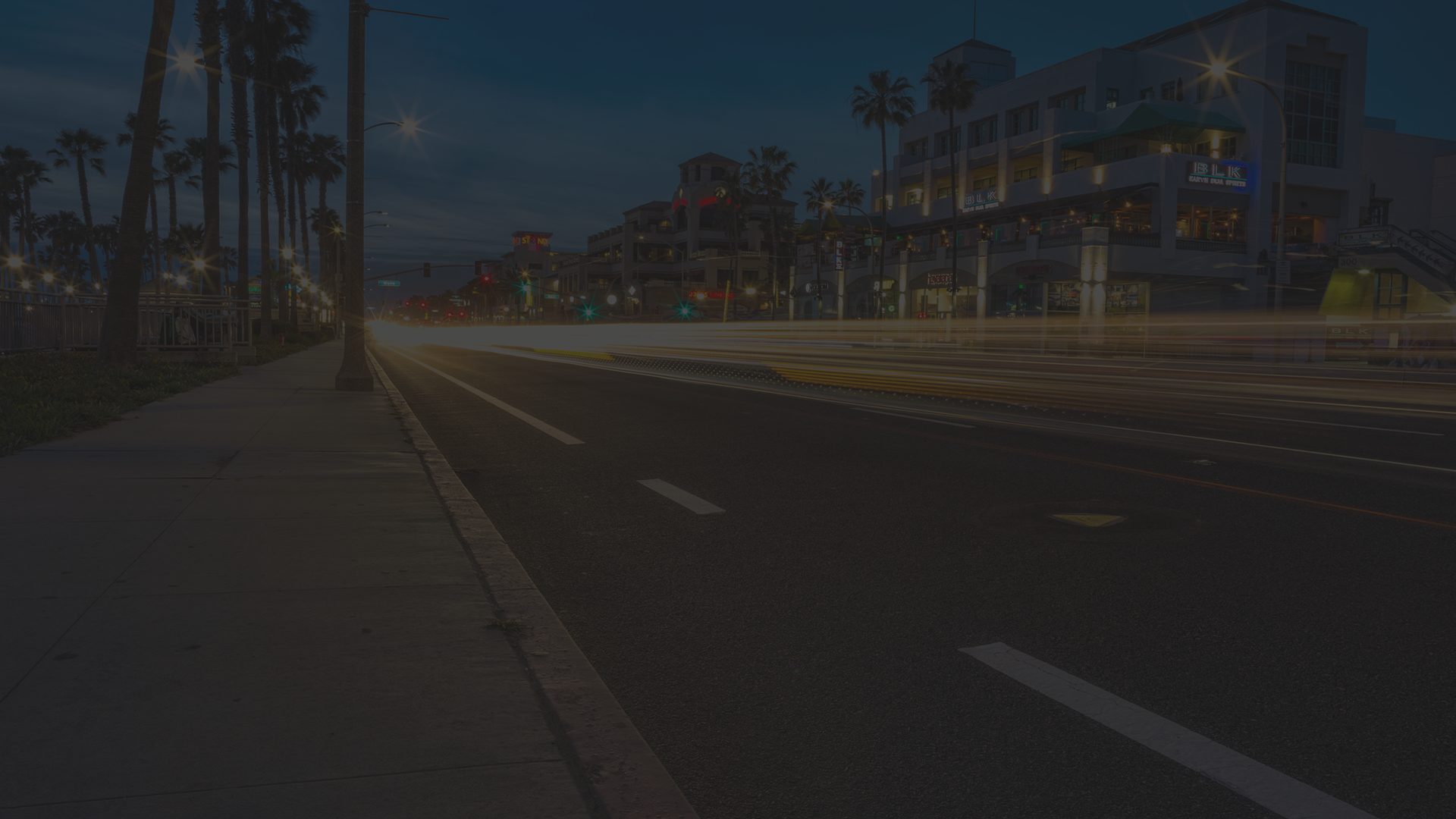During COVID-19, the Governor and the Chief Justice of California have allowed Courts to use technology like video, audio, and telephone to conduct remote proceedings [instructed by emergency order and use of penal code section 977(c)]. These appearances could be made without either party having to be physically present. This allowed Courts to facilitate priority criminal proceedings and ensure that defendants were not held in custody improperly against their constitutional rights during Court closures. These orders for technology are only temporary during this emergency but could lead to a path of future application.
Previously, the California Rules of Court 4.220 allowed for remote video proceedings in a much more limited capacity than the courts presently applied during this Emergency order. The limited framework allows for two-way remote video communication by following these conditions:
- The use of remote video proceedings only applies to infractions. It can be for arraignment, trial, or related proceeding conducted by two-way electronic audiovisual communication between the defendant, any witnesses, and the Court.
- The Court must designate the location(s) at which defendants may appear with any witnesses for a remote video proceeding.
- The locations must be in a public place, and the remote video proceedings must be viewable by the public at the remote location and the courthouse.
- A court clerk must be present at the remote location for all remote video proceedings.
- The defendant must request the remote video proceedings by signing and filing a Notice and Waiver of Rights and Request for Remote Video proceedings with the Clerk by the appearance date.
- The defendant must post bail with the Clerk’s office by the appearance date.
Currently, only two large Counties in California allow for remote video proceedings (Fresno and San Bernardino). These Counties enable the defendants to appear remotely as a convenience for people who were issued infraction citations and want to make appearances from the County’s more remote Courthouses. Because of the location requirements, the Counties that are using remote video proceedings do it between Courthouses in the same County. These proceedings are nowhere close to a “work from home” model but a more convenient way for people cited in a County to appear at another Courthouse that is closer to where they live or work. In 1997, the Court Technology Task Force presented the Judicial Council with a study focused on the use of video arraignments and the benefits of the technology to other proceedings. That was decades ago, and the technology has been applied only in two Counties. Even though it is now used during this Emergency Order, it may take some time before one sees remote video proceedings being commonplace.
We at RPM Law appear on our client’s behalves in various Courts across Los Angeles and Orange counties so that they can continue with their daily lives. Our client’s trust in the professionals at RPM Law to handle their traffic or criminal matters. We have experience in helping thousands of people protect their driving records every day. We are here to help contact us now.



